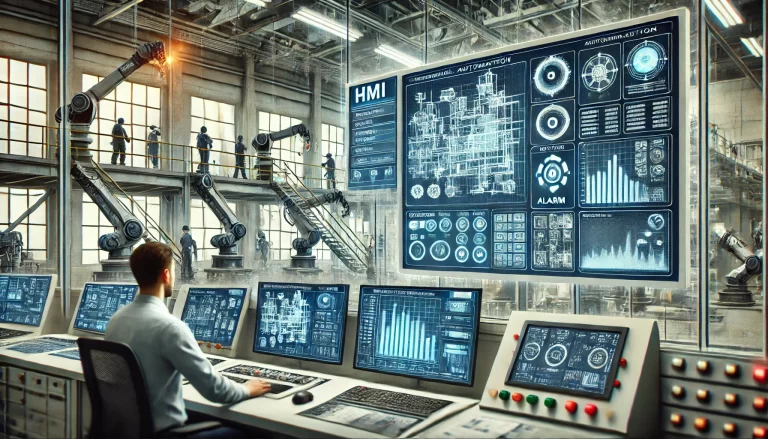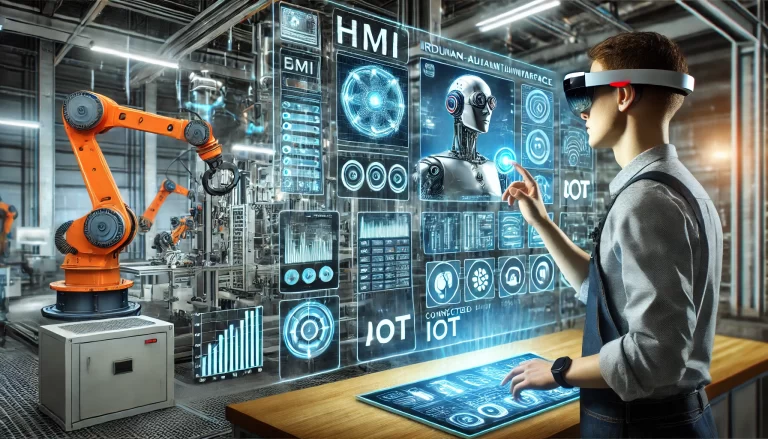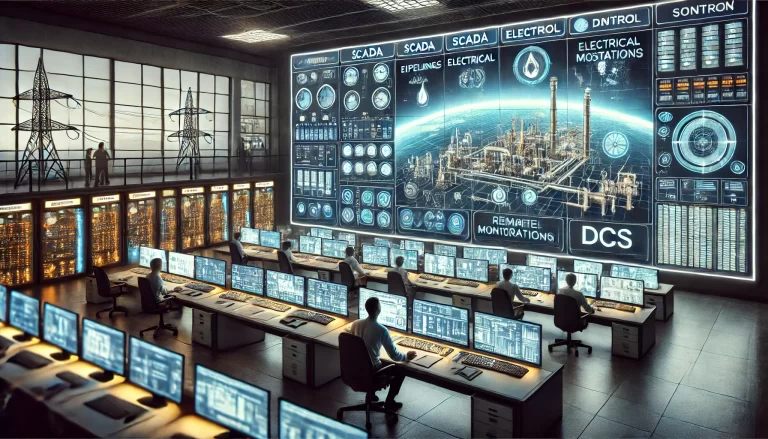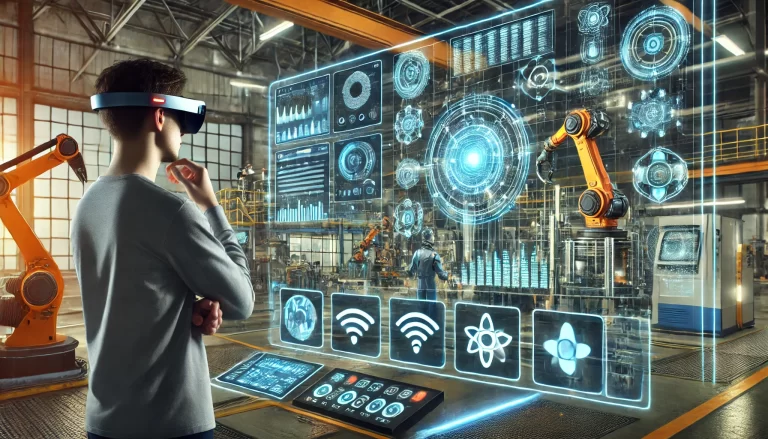Introduction
In the world of industrial automation, SCADA and HMI are two frequently mentioned terms. While they are closely related, they serve different purposes and operate at different levels of the automation hierarchy. Whether you’re setting up a new process system or upgrading your existing plant, understanding the difference between SCADA and HMI can help you make the right choice.

What Is an HMI?
HMI stands for Human-Machine Interface. It is a user interface that connects operators to the machine or process. An HMI typically includes a touchscreen or display panel with graphics, buttons, and real-time data. Operators use it to monitor values (like temperature, pressure, or flow) and to input commands.
Key Functions of an HMI:
Real-time data visualization
Start/stop controls
Alarms and simple notifications
Interface with PLCs (Programmable Logic Controllers)
Typical Applications:
Controlling a single flow meter
Monitoring a packaging machine
On-site control of small-scale processes

What Is a SCADA System?
SCADA stands for Supervisory Control and Data Acquisition. It is a comprehensive control system used to monitor and control entire plants or geographically dispersed operations. A SCADA system includes multiple HMIs, communication infrastructure, data servers, and software platforms.
Key Components of a SCADA System:
HMIs (as operator terminals)
PLCs and/or RTUs (Remote Terminal Units)
Communication networks (Ethernet, Modbus, Profibus, etc.)
Centralized SCADA software with data logging, alarms, and remote access
Historical data storage and analysis tools
Typical Applications:
Water and wastewater treatment plants
Oil & gas pipeline monitoring
Electrical substation control
Large factory automation systems

Key Differences at a Glance
| Feature | HMI | SCADA |
|---|---|---|
| Scope | Local control | Plant-wide or multi-site control |
| Function | Interface between operator and machine | Centralized monitoring, control, and data management |
| Data Logging | Typically limited or none | Full historical data and trends |
| Alarming | Basic | Advanced with logs and notifications |
| Remote Access | Usually no | Yes, via network/internet |
| Complexity | Simple | Complex and scalable |
Which One Should You Choose?
The choice between SCADA and HMI depends on your project’s scale and needs:
Choose HMI if you are controlling a single machine or small system, such as a flow meter, mixer, or pump.
Choose SCADA if your system is large, involves multiple machines or remote stations, and requires data analysis, historical trends, and centralized control.
For example, in a water treatment plant, HMI might be used for local control of pumps, while SCADA oversees the entire operation, collects data, triggers alarms, and allows remote management.

Conclusion
HMI and SCADA both play essential roles in industrial automation. While an HMI focuses on real-time operator interaction at the machine level, SCADA provides a big-picture view and control of entire systems. Understanding the differences can help you design more efficient, scalable, and maintainable automation systems.
If you’re integrating industrial instruments like electromagnetic flow meters, pressure transmitters, or gas analyzers, selecting the right interface is critical. For help choosing suitable solutions for your application, feel free to contact us.
